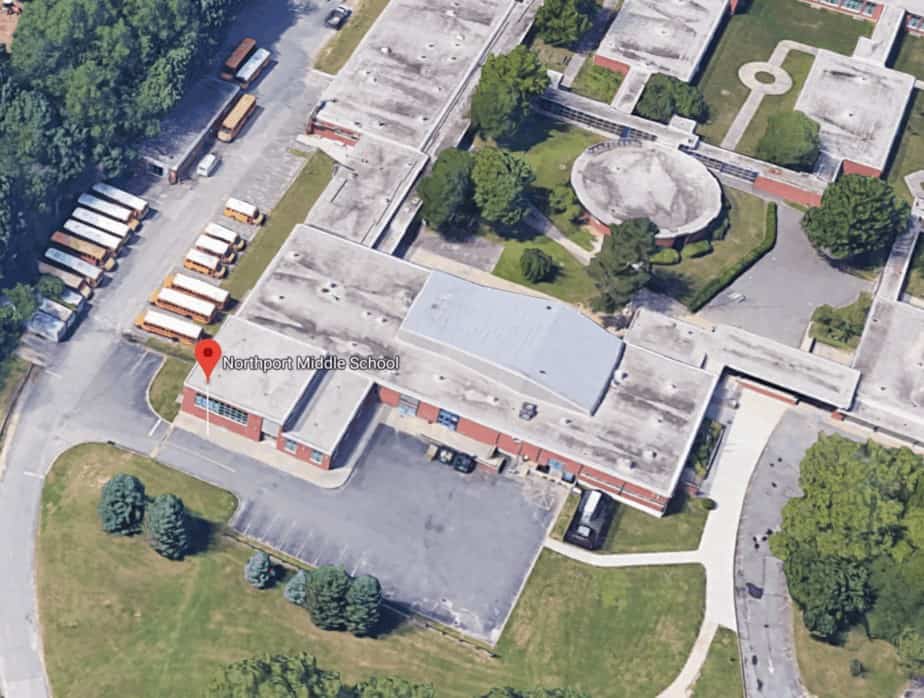Updated: A report from Moody’s Investor Service is warning that the closing of the Northport Middle School could drive down property values, Newsday wrote Monday.
And with a possible negative decision in the LIPA tax challenge, Newsday quoted Moody’s as saying property taxes could simultaneously go up as much as 36 percent.
The district closed the middle school on Jan. 18 after benzene was found in the septic systems. Mercury was found earlier in a leaching pool on school grounds. Parents, staff and students have complained for years about possible health problems linked to conditions at the school, which is undergoing environmental testing. Recent school board meetings have been packed with parents demanding that the school be closed, but once it was, equally large numbers of parents have denounced the move and the impact of shifting their children to other schools.
Moody’s labeled the closing “credit negative” for the district.
LIPA has challenged its $84-million tax bill on the Northport power plant, which is owned by National Grid. While residents of Huntington could be on responsible for paying back taxes retroactively if LIPA wins the case, Northport would be particularly hard hit because about 40 percent of that those taxes go to the Northport school district.
The Moody report came a few days after the most recent Board of Education meeting, where numerous parents pleaded for the school to reopen, saying their children’s lives had been disrupted by the abrupt decision to close the school. It also followed a letter from Superintendent Robert Banzer that disputed some information showing up on social media about the results of environmental testing.
“One such test, was the sampling of sediment at the bottom of a leaching pool 12 feet underground and outside the building. While the lab testing of the sediment showed an elevated level of mercury in the sample, the preliminary results showed no detectable concentrations of mercury vapor in the sample, in the air within the leaching pool or anywhere within the building. The terms mercury and mercury vapor are being used interchangeably by some. These should not be confused, as they are very different from one another. To be clear, PWGC detected no mercury vapors coming from the sediment sample, the air inside the leaching pool or inside the building.
PWGC also reported laboratory results for the solid materials collected from the bottom of two septic tanks. The results revealed elevated levels of benzene. Simultaneously during the testing, PWGC performed preliminary air testing, which indicated no detectable levels of VOCs (volatile organic compounds), including benzene, inside the building, from the sediment samples
or from the air within the septic tanks themselves.”

